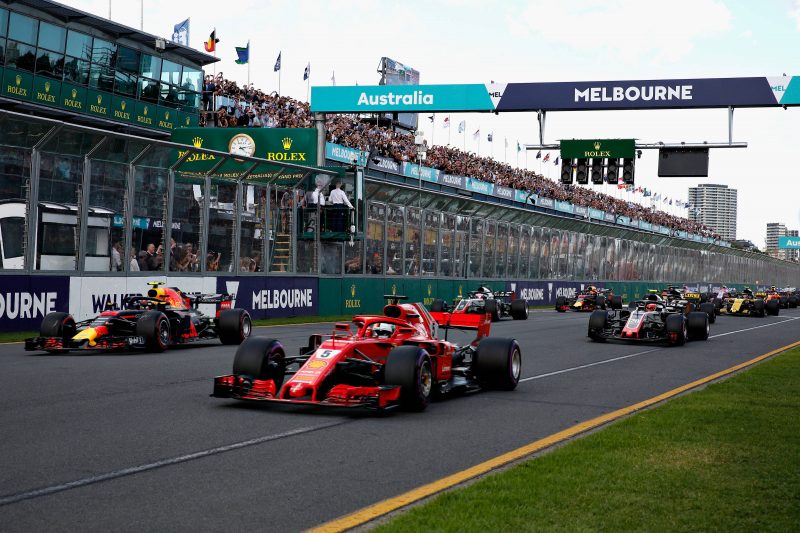
Formula 1 has outlined its vision for the future of the sport from 2021 onwards in a presentation to teams at the Bahrain Grand Prix.
Owners Liberty Media explained the direction it wishes to take F1 to all 10 teams at the Sakhir circuit during a meeting that included chairman Chase Carey, director of motorsports Ross Brawn and team principals.
The move arrives as teams seek clarity on the regulations for 2021 with the current engine rules and commercial agreements due to expire at the end of 2020.
Five key areas were discussed which include power units, costs, revenue, sporting and technical rules, and governance.
In summary, F1 aims to create a more spectacular show with the use of cheaper, simpler and louder engines compared to the current hybrid V6 turbo charged formula.
The vision includes the introduction of a cost cap and a more balanced way to distribute revenue, while a move to increase overtaking was discussed.
“Formula 1 is a sport with a rich history,” said Carey.
“We want to preserve, protect and enhance that history by unleashing F1’s potential, by putting our fans at the heart of a more competitive and more exciting sport.
“We are driven by one desire: to create the world’s leading sporting brand. Fan-centred, commercially successful, profitable for our teams, and with technological innovation at its heart.”
F1 issued a release to outline all objectives its new vision aims to tackle, which are listed below.
Power units (PU)
- The PU must be cheaper, simpler, louder, have more power and reduce the necessity of grid penalties.
- It must remain road relevant, hybrid and allow manufacturers to build unique and original PU.
- New PU rules must be attractive for new entrants and Customer teams must have access to equivalent performance.
Costs
- Liberty believes how you spend the money must be more decisive and important than how much money you spend.
- While there will be some standardised elements, car differentiation must remain a core value.
- Implement a cost cap that maintains Formula 1’s position as the pinnacle of motorsport with a state-of-the-art technology.
Revenues
- The new revenue distribution criteria must be more balanced, based on meritocracy of the current performance and reward success for the teams and the Commercial Rights Holder.
- F1’s unique, historical franchise and value must and will still be recognised.
- Revenue support to both cars and engine suppliers.
Sporting and technical rules & regulations
- It wants to make cars more raceable to increase overtaking opportunities.
- Engineering technology must remain a cornerstone but driver’s skill must be the predominant factor in the performance of the car.
- The cars must and will remain different from each other and maintain performance differentiators like aerodynamics, suspensions and PU performance. However, we believe areas not relevant to fans need to be standardised.
Governance
- A simple and streamlined structure between the teams, the FIA and Formula 1.
F1 teams have since been closely guarded on the further details outlined during the meeting.





















Discussion about this post